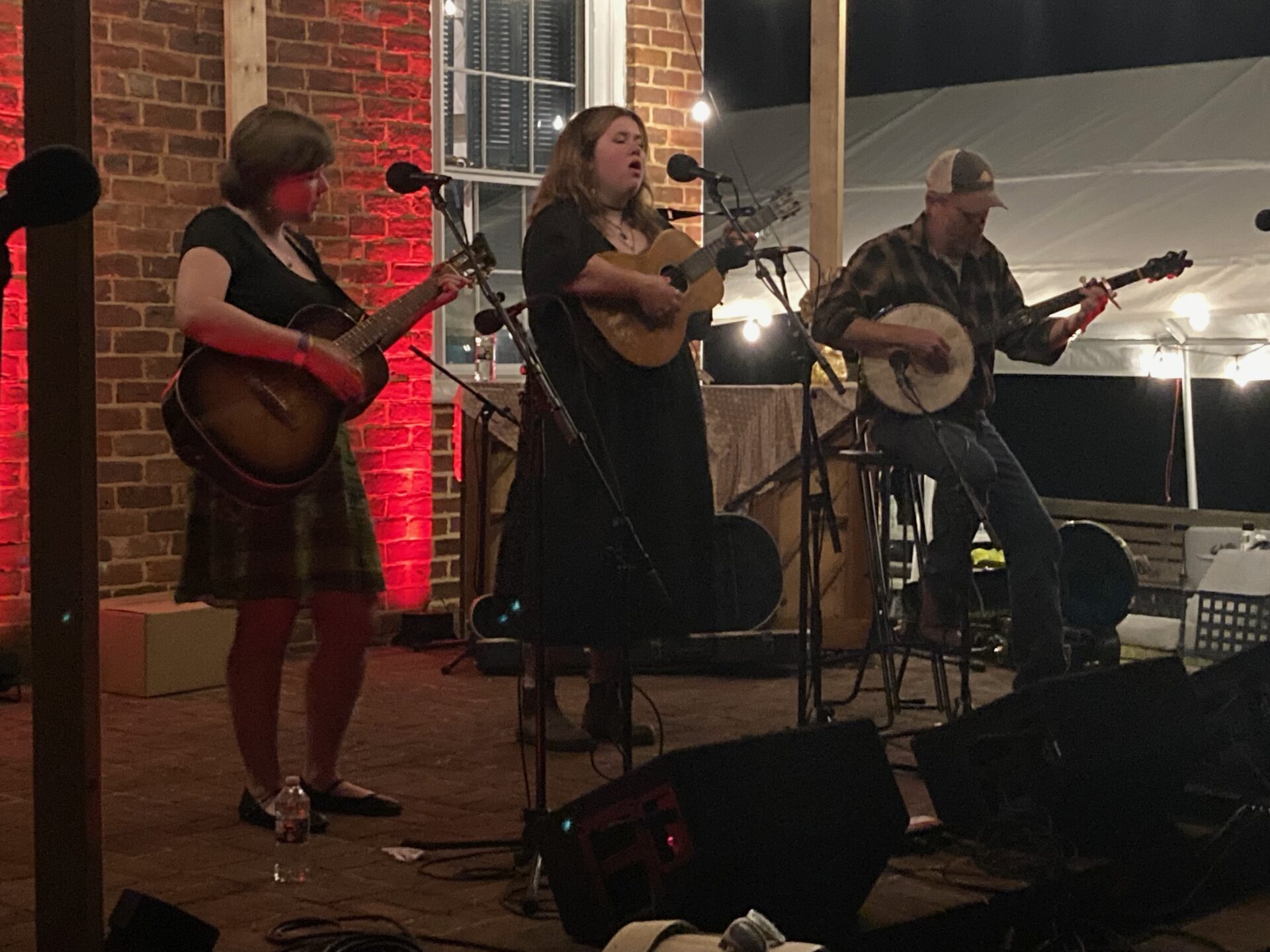This week, a talented, young folk singer looks for the balance between making music and making a living.
Also, after six generations, keeping the family farm going can be rough. We hear the story of the Wakefield family in Pennsylvania, which has farmed for six generations.
And the Hellbender Salamander is the largest amphibian in North America, but they’re picky about where they live, and their habitats are threatened.
In This Episode
- Meeting An Appalachian Folksinger
- The Wakefields, A Documentary
- To Save The Hellbender
Meeting An Appalachian Folksinger
Mason Adams/West Virginia Public Broadcasting
Folk music is not the easiest way to make a living, but artists still find a way to balance making music with putting food on the table. Host Mason Adams traveled to MidMountain arts collective in Virginia, where he spoke with both veteran folksingers and emerging talents.
The Wakefields, A Documentary
Courtesy photo
Cade Miller was a student at the Penn State News lab, which works to address gaps in news coverage — including the plight of family farms. Miller spent months reporting on the Wakefields, a farming family for six generation. The family struggled to keep the business going in a minidocumentary called “The Wakefields –Two Brothers, Six Generations.”
To Save The Hellbender
Appalachia is home to a wide variety of critters, including the odd-looking salamander called the Hellbender. The species has been in decline.
Late last year, the U.S. Fish and Wildlife Service proposed listing the Eastern Hellbender Salamander as endangered. Than (as in Nathan) Hitt is a senior scientist with the West Virginia Rivers Coalition. WVPB’s Curtis Tate spoke with Hitt about the Hellbender’s habitat in Appalachia and why it’s threatened.
—–
Our theme music is by Matt Jackfert. Other music this week was provided by Elsa Howell, Black Twig Pickers, Anna and Elizabeth, Morgan Wade, Larry Rader, Steve Earle, Kaia Kater, Nirvana, Neko Case, Sonic Youth, and Blue Dot Sessions.
Bill Lynch is our producer. Abby Neff and Zander Aloi are our associate producers. Our executive producer is Eric Douglas. Kelley Libby is our editor. Our audio mixer is Patrick Stephens. We had help this week from folkways editor Chris Julin. You can find us on Instagram @InAppalachia.
You can send us an email: InsideAppalachia@wvpublic.org.
You can find us on Instagram, Threads and Twitter @InAppalachia. Or here on Facebook.
Inside Appalachia is a production of West Virginia Public Broadcasting.
